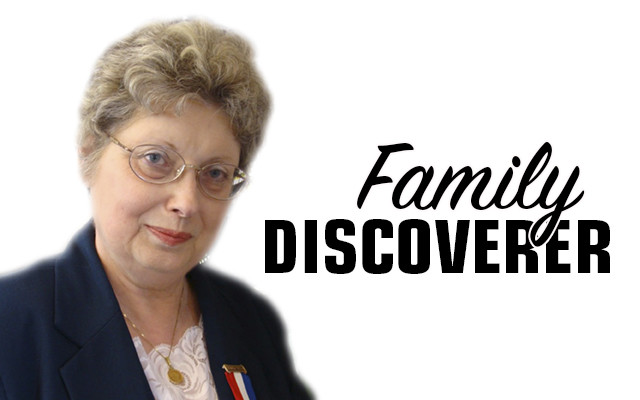
Scots in Chains
My last column was about the immigrant Ulster Scots. Now, I’d like to introduce you to Scottish immigrants who didn’t come voluntarily.
The Scottish King James I, son of Mary Queen of Scots, succeeded to the English throne in 1601. James was succeeded by his son, Charles I, who married a Catholic French princess, causing fears about the religion the king’s heirs would embrace. Charles believed in the divine right of kings, which didn’t go down well with the English. King and Parliament battled and Charles I was eventually tried and beheaded.
For years England was ruled by Parliament, and then by a man named Oliver Cromwell who was king in all but name. After Cromwell’s death the English restored the Stuarts to the throne, but Charles II had no legitimate heir and his Catholic brother, James II, was deposed.
Each time the exiled Stuarts tried to reclaim the throne, they called on the men of Scotland. Highland or lowland, Catholic and Presbyterian, Scots responded and were always defeated. This warfare would wage for over 125 years, off and on, and the Scottish civilians were severely punished by the triumphant English armies.
In 1650, after the Scots were routed by Cromwell’s armies, the English decided to rid their shores of the troublemakers by shipping them to America. The Scots arrived in Boston harbor thin, bound in chains and many seriously ill. They were placed on the auction block and the winning bidder “owned” the Scot for a seven-year indenture. Most ended up working in mills or iron works. Once freed, the Scots were given land, and became Massachusetts citizens. One such was my own ancestor, John Wattles.
The Scots made good citizens. Most married, raised families, worked their land and paid taxes. Most joined the Church of England, but John Wattles didn’t. He sent his family to church and paid his tithe, but he remained a staunch Presbyterian, for which he was fined several times before the authorities gave up. From what is reported about him, he was a character but well liked. John died in a Native American attack on his home in Chelmsford, Massachusetts, in 1676. He fought so his wife and children could escape. They did and he was killed.
In recent years researchers have begun to piece together the story of the “Scots in Chains.”There are websites that list the known prisoners of war, though it appears some are missing or the surnames of the Gaelic-speaking Scots were mangled. The descendants of many of these Scots fought fervently in the American Revolution against the detested English.
Finding out about your own Scot in Chains is easier now than in the past due to the sites on the Internet. I don’t have space to list them all but google “Scottish Prisoners of War” and you’ll find links to several good websites with the names of the Scottish prisoners identified to date. Also, there are books and articles about the Scottish prisoners and their fate.
Nancy Battick is a Dover-Foxcroft native who has researched genealogy for over 30 years. She is past president of the Maine Genealogical Society, author of several genealogical articles and co-transcribed the Vital Records of Dover-Foxcroft. Nancy holds an MA in History from UMaine and lives in Dover-F0xcroft with her husband, Jack, another avid genealogist. You can contact Nancy at nbattick@roadrunner.com.